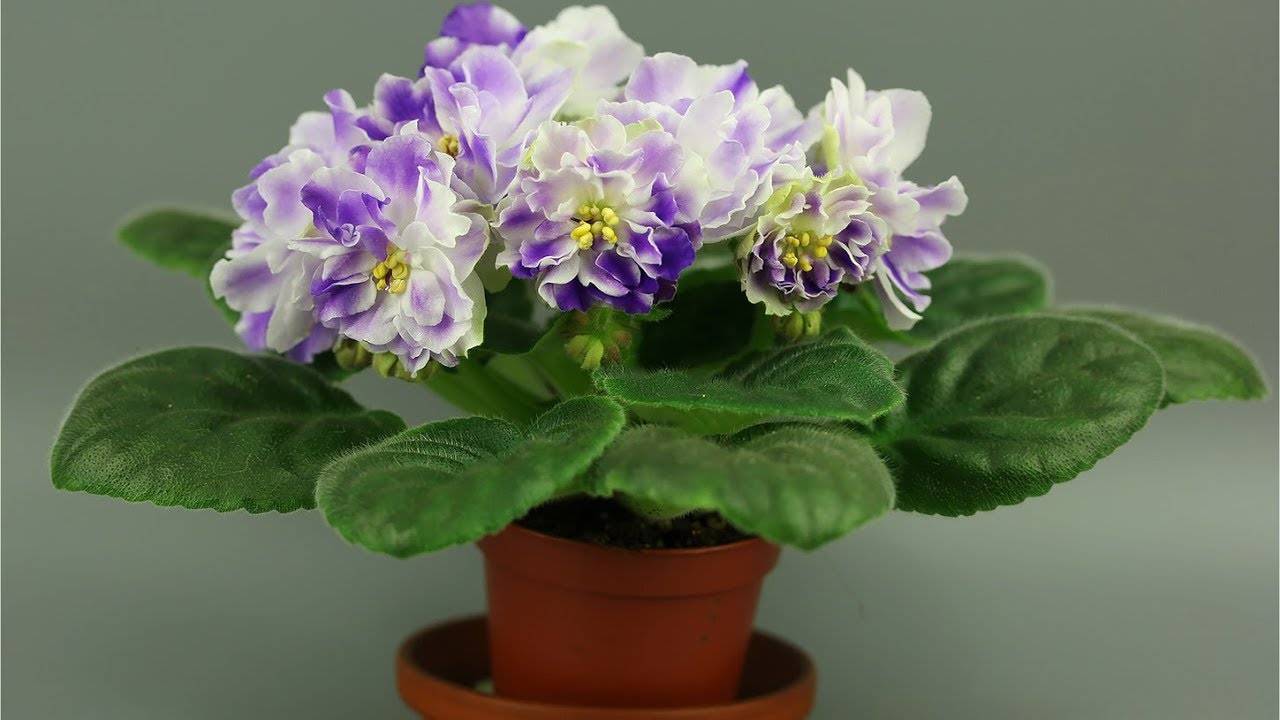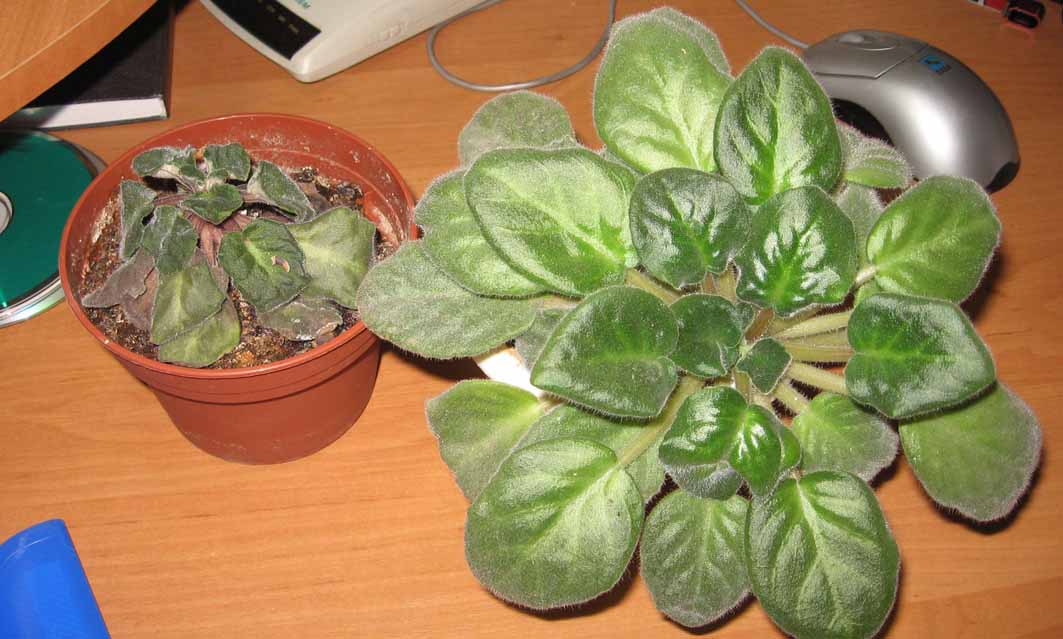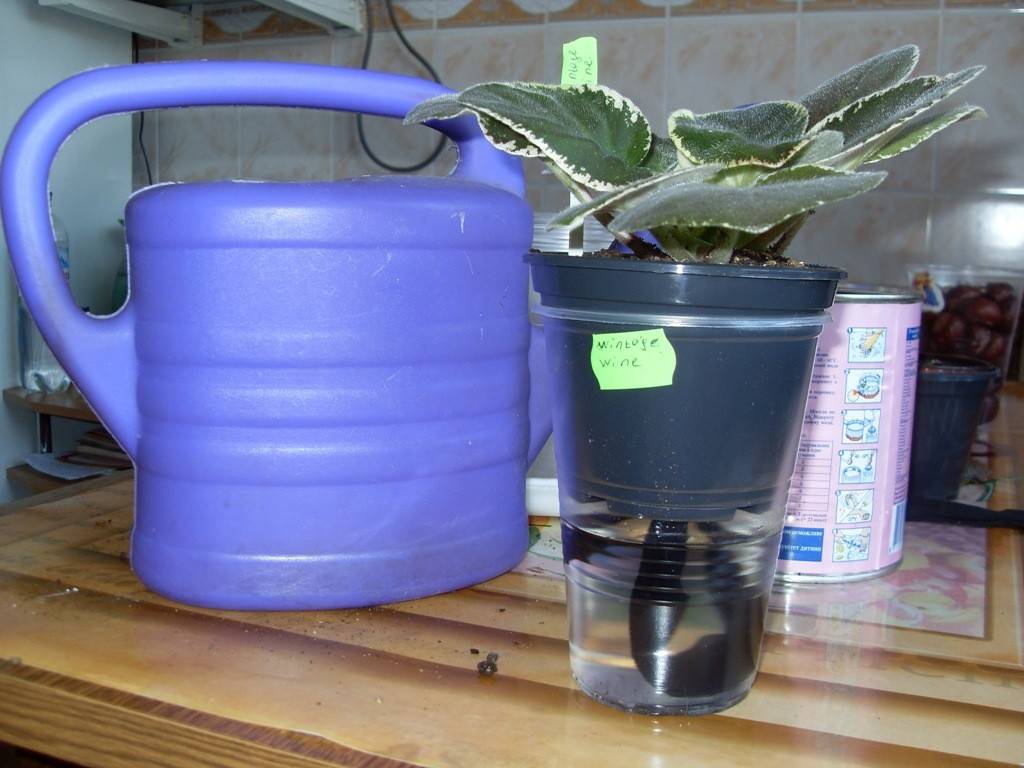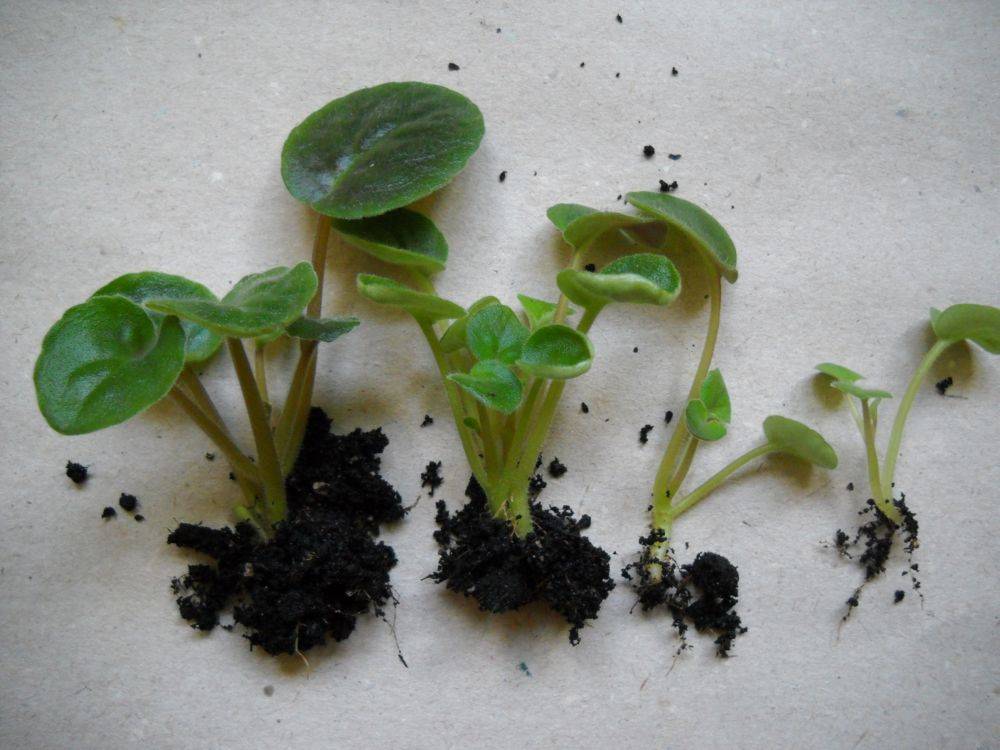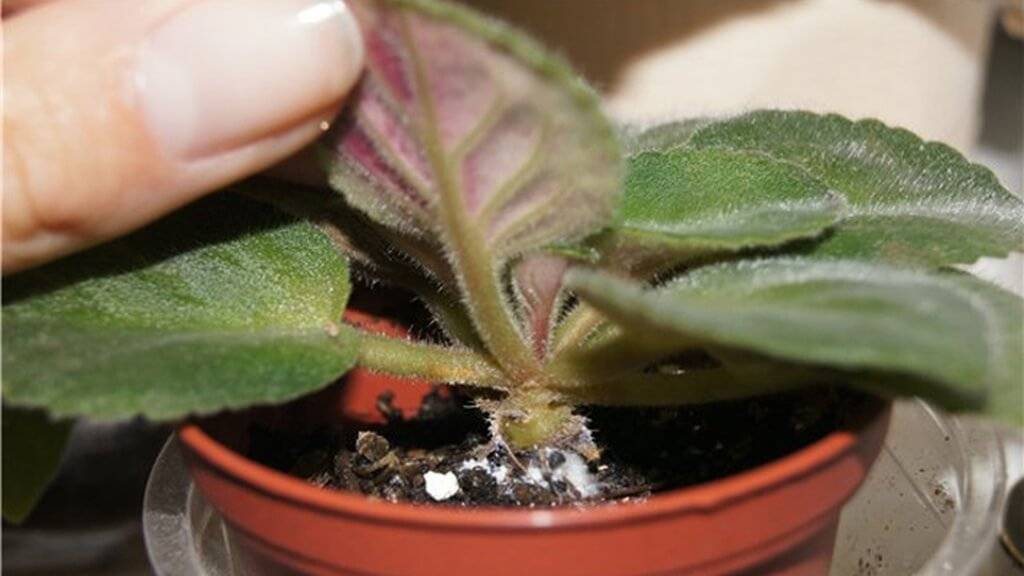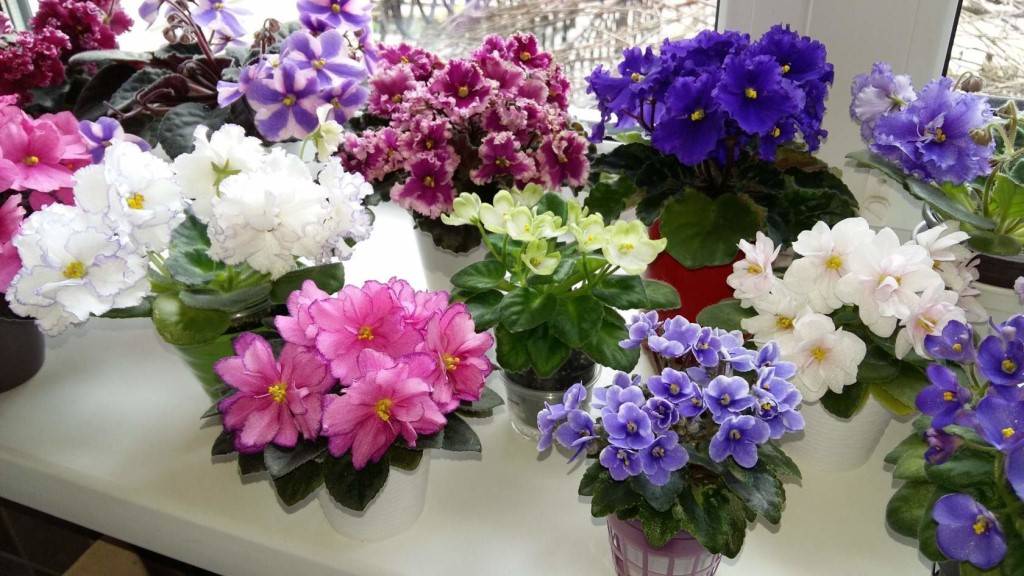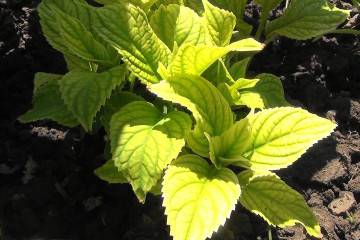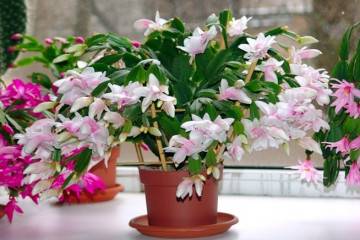Why violets don't bloom - how to make them bloom?
Content:
Saintpaulia (home violet) grows in many amateur gardeners, beginners and more experienced. The flower has won its popularity with a variety of species, various types of flower forms and a mass of shades of inflorescences.
What you must do when caring for violets
Violet is a beautiful, delicate flower. Despite the long flowering period, the gardener must remember that this result can be achieved provided that proper care is followed. First of all, gardeners should know what this plant is, how it is grown, what conditions it needs for healthy growth.
Brief description of the plant
The flowering period of a healthy adult violet is 9-10 months. Even the winter period is not a hindrance. Interestingly, the plant pleases with beautiful flowering in winter, if it is grown in the southern region. In summer, the color rests, surviving the sweltering heat. Or vice versa, if this is a northern region, then the flower can bloom in spring and bloom by the beginning of the winter months.
What to consider in care
Violet is whimsical to ultraviolet light. The sun's rays pose a danger to the flower. To save him from such a negative impact, the flower is grown on the windowsill of a window facing the north side of the house, where there is more shade.
If all windows are south-facing, measures must be taken. You can block the windows at noon using thick fabric for this. Then the midday sultry rays will not harm the plant.
It is necessary to choose the right soil or create it yourself.
To grow Saintpaulias, it is necessary, first of all, to prepare a container for growing and fill it as required by the established rule. You need to use a small pot with holes. Fill it with expanded clay to half, add charcoal and place a layer of earth on top.
Why violets don't bloom
You can determine why violets do not bloom by the leaves of the plant. Inexperienced and professional growers achieve different results in the blooming of violets. Professional care of a plant is associated with paying attention to it, proper nutrition, and organizing timely rest. Then you can achieve lush flowering. Deficiencies in care will become prerequisites for a meager ejection of flowers.
Determine the cause by the leaves
You can determine the reason why violets do not give flowers by the leaves.
- The presence of large, beautiful, bright green leaves, despite the fact that the plant does not have flowers, suggests that, most likely, the reason lies in the oversaturation of the soil with fertilizers. This happens when preparations with a saturated nitrogen content are often used.
- If the leaves do not grow at all and there are no flowers, then the reason is low humidity. This happens in winter and during dry summer periods. At the same time, the culture itself is preserved, but its growth stops.
- Small leaves are characterized by nutritional deficiencies.The reason is depleted soil.
- The reason may lie in a lack of nutrition, and this is determined by the yellow leaves. Lack of fertilizers, leads to the fact that the plant begins to draw forces from leaves and flowers, of course, does not give.
It is enough to look closely at the foliage to understand why violets do not bloom at home, what to do.
Improper care
If Saintpaulia does not bloom, in most cases, experts naturally point to improper care and maintenance of violets. Common mistakes beginners make:
- Wrong location. For a flower, choose a place where there is little light. In this case, the violet leaves will stretch upward and will not look spread out. Violets need bright lighting. It should be borne in mind that they should not be located where they will be exposed to direct sunlight.
- Irregular watering. Overdrying, waterlogging of the soil, watering with cold water are in the same row of mistakes. The use of hard water for irrigation also has a negative effect. Insufficient soil moisture leads to drying out of the plant, oversaturation to root decay.
- Improper feeding. Violet flowers may not wait for novice gardeners who do not follow the rules when feeding. The main thing here is to observe the established ratio of elements. It is important not to exceed the amount of nitrogen and potassium elements. Excessive fertilization will harm the plant.
- Lack of light. The reason when violets do not form flowers is a reduction in the daylight period. The plant requires it to have at least 12 hours a day when it is under natural light.
- Unsuitable humidity. This figure should be 50% or more. A smaller one is not allowed.
The volume of the pot plays an important role. The wrong choice of capacity will be an additional reason for the lack of buds. Violets need a spacious container. They do not bloom in a cramped pot.
Improper watering
Saintpaulia can lose flowering and even die if not properly watered. Insufficient soil moisture leads to drying out of the plant, oversaturation - to root decay.
Signs of insufficient and too frequent watering practically do not differ from each other:
- the presence of drooping and faded leaves;
- peeling of the earth from the walls;
- the appearance of brown spots on the edges of flower petals and leaves;
- sluggish state and darkening of foliage;
- transition of leaf rosettes to a watery state and their acquisition of brown color.
There are several watering rules that prevent mistakes and create the prerequisites for violets to bloom.
- Moisture saturation through the pallet. The bottom of the pot must have holes. Then it is simply placed on a tray filled with water, and it costs about an hour. Then the water is drained to prevent waterlogging and rotting of the roots.
- The pot is placed in a basin where the settled water is located. After 15 minutes, it is placed in a tray, from which excess liquid is poured.
- Watering from above, from a watering can, placing the spout under the leaves. It is necessary that moisture does not touch the outlet and leaves. Otherwise, decay may begin.
The consequences of over-watering are corrected with the help of plant rehabilitation. Procedure:
- The poured violet is taken out of the pot.
- All damaged roots are trimmed.
- When there are many roots, the flower is placed in a wide pot.
- If the violet is badly damaged, it is trimmed at the bottom.
- Further, the flower is rooted in the most convenient way: either in the ground or in water. Rooting in moss, hydrogel or peat can be used.
Planting the rooted color in permanent soil is carried out as soon as the roots appear, to a depth of at least 1.5 cm.
Wrong ground
Inappropriate or old soil near the violet prevents the plant from blooming and growing. Moreover, the flower can die with a lack of air and with a deficiency of nutrients.
What gives an unsuitable soil:
- lack of flowering;
- slow growth of leaves or its complete cessation;
- the formation of a dense crust in a dried earthen coma;
- the formation of a whitish plaque.
Bad soil should be replaced. Saintpaulia should be transplanted and a soil suitable for this plant should be made. You can buy it at a specialty store. Such soil will contain all useful elements in the necessary proportion.
If you make the soil yourself, it should contain the same amount of useful elements as in the purchased form. If the soil is taken from the garden, a weak solution of potassium permanganate is poured into it before use for disinfection, and peat is also added in a 1: 1 ratio.
Transplant process
For transplanting, use a medium-sized pot, no more than 9 cm in diameter. Care must be taken not to damage the root. The transplant is performed carefully, slowly, trying to prevent the roots from breaking, bending or breaking.
Correct transplantation, providing full care will allow you to get the first buds on a flower after a month.
Pest control
Another problem is pests. Like diseases, they can lead a plant to death, since the main food for pests is the juices contained in the flower.
Signs of the appearance of harmful insects:
- their location on the leaves or below them;
- plaque that appears on the sheet;
- pinpoint spots resulting from bites.
The most famous pests include insects, aphids, and ticks. To combat them, it is necessary to treat the plant with aktyllik or phytoverm.
If you start the process of removing harmful insects, you can bring the plant first to a weakened state, then to complete wilting. Having lost the juice, the leaves will begin to dry, turn yellow, and rot. Dark spots will appear on the foliage surface. In this state, the violet will never bloom.
Pest prevention
Having completed all the actions to save the color from pests, one must not forget about prevention.
- New flowers are kept in quarantine for two to three weeks.
- Violets are kept at a short distance from each other so that their leaves do not touch.
- From time to time, the plant is allowed to bathe in warm water.
- Dried flowers and dry foliage are cut in time.
- Arrange wet cleaning of places where flower pots are.
External factors
External factors also play a role in the flowering process. Both heat and cold can destroy a flower. High freezing temperatures will dry out the color. The heat will quickly dry out wet soil, damaging the roots. On such days, when the thermometer is kept at high marks, spraying should be carried out or a container of water should be placed next to the pot.
Low temperatures threaten the plant with the fact that it will not be able to survive the dormant period. The temperature should be kept above 17 ° C.
Correct care
The violet is a moisture-loving plant. In natural conditions, it can be found near water bodies, near streams. The conditions of a dry home climate are less easily tolerated by the crop. The plant needs to create conditions close to natural.
Above, the necessary techniques were considered to guarantee healthy growth: choosing a place, creating an optimal air humidity of 50%, proper watering, spraying, lighting, preventing the appearance of pests and diseases, feeding, maintaining the required temperature. Only with all the necessary measures can you achieve what you want.
If all else fails, change the violet variety.
It happens that neither preventive measures nor proper care ultimately lead to budding and flowering. The reason why the violet stopped blooming may be because the plant lacks a certain nutrient. Perhaps, for this variety, the received amount of fertilizers turned out to be excessive.
You can change the variety of violets and choose one that will bloom all year round. There are such varieties, and they are very popular.
Saintpaulia looks like a festive bunch when it blooms. Raising her is an exciting experience. Every gardener, purchasing a violet, hopes to wait for delicate pink, lilac, blue flowers. They are very beautiful, expressive and can become one of the main decorations of a small house garden on the windowsill.
